So, you’re looking for the best options for fertilizing your vegetable garden. Your goal is most likely to support plant health while increasing productivity, right?
If you’ve spent some time shopping around but you’re not sure exactly what you’re looking for, then chances are that you might be feeling pretty overwhelmed.
That’s understandable – there are so many possible choices, especially if your plot contains mixed species!
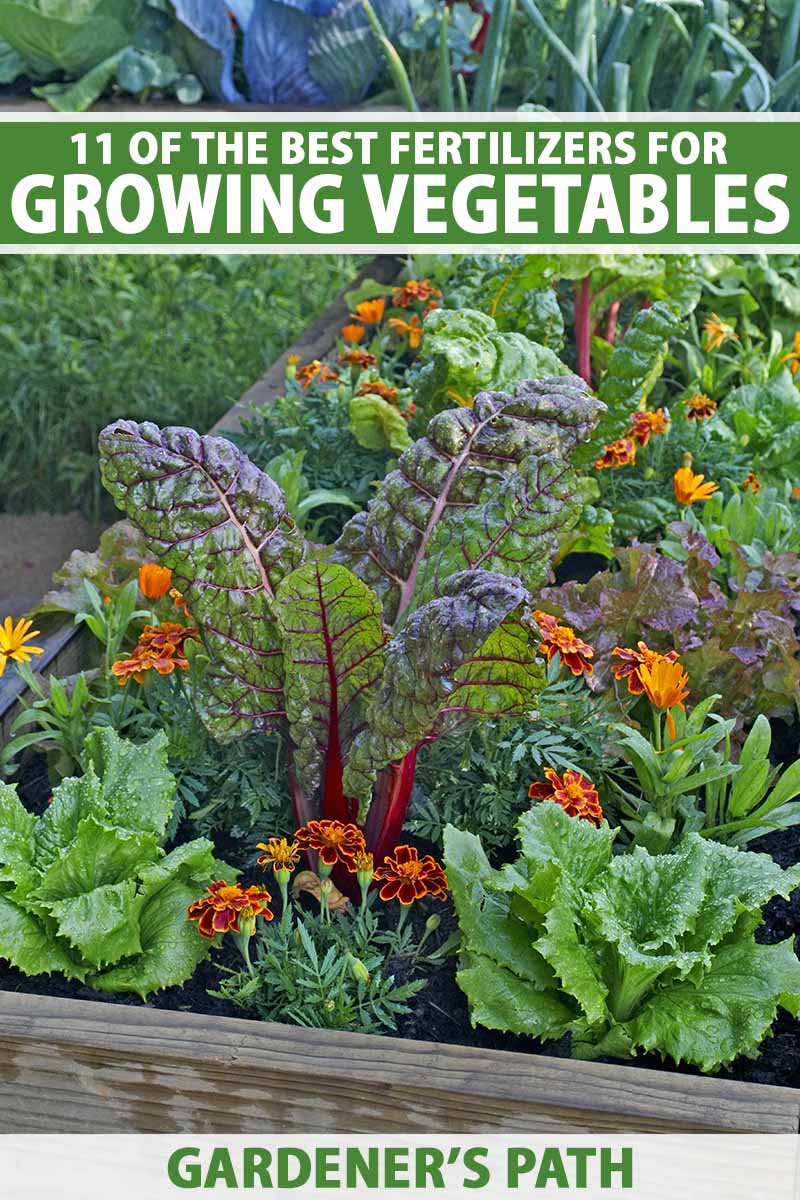
We link to vendors to help you find relevant products. If you buy from one of our links, we may earn a commission.
How do you know which ones are the best for your garden and the varieties that you’re growing? They’re not one-size-fits-all, after all.
Most of us spend so much time, money, and effort nurturing our plants, the last thing you’d want to do is choose a product that might not do any good – or worse, that might cause harm or lead to negative results.
This is where we come in. We’re here to help you figure out which to use, and where to get it!
Here’s what’s in store:
11 of the Best Fertilizers for Your Vegetable Garden
- Alaska Fish Emulsion
- Arbico Organics Earthworm Castings
- Burpee Bone Meal
- Dr. Earth Bulb Food
- Down To Earth Acid Mix
- Ecoscraps Leafy Greens Plant Food
- Espoma Garden-Tone
- Foxfarm Grow Big, Big Bloom, and Tiger Bloom
- Sea-K for Plants Seaweed and Kelp Extract
- Natural Innovative Solutions Pure Ground Eggshells
- Vigoro Tomato and Vegetable
Whether you’re a new, intermediate, or seasoned gardener, it’s never too early or too late to learn which nutrients your individual crops need to thrive.
This is a vital step in creating a fertile growing environment, which can also reduce the impact of diseases and pest infestations.
Knowing this, you’ll be well prepared to provide for them and avoid common mistakes, such as overloading nitrogen and ending up with a Jack and the Beanstalk scenario.
It’s unlikely for you to want a huge specimen that barely blooms and produces very little.
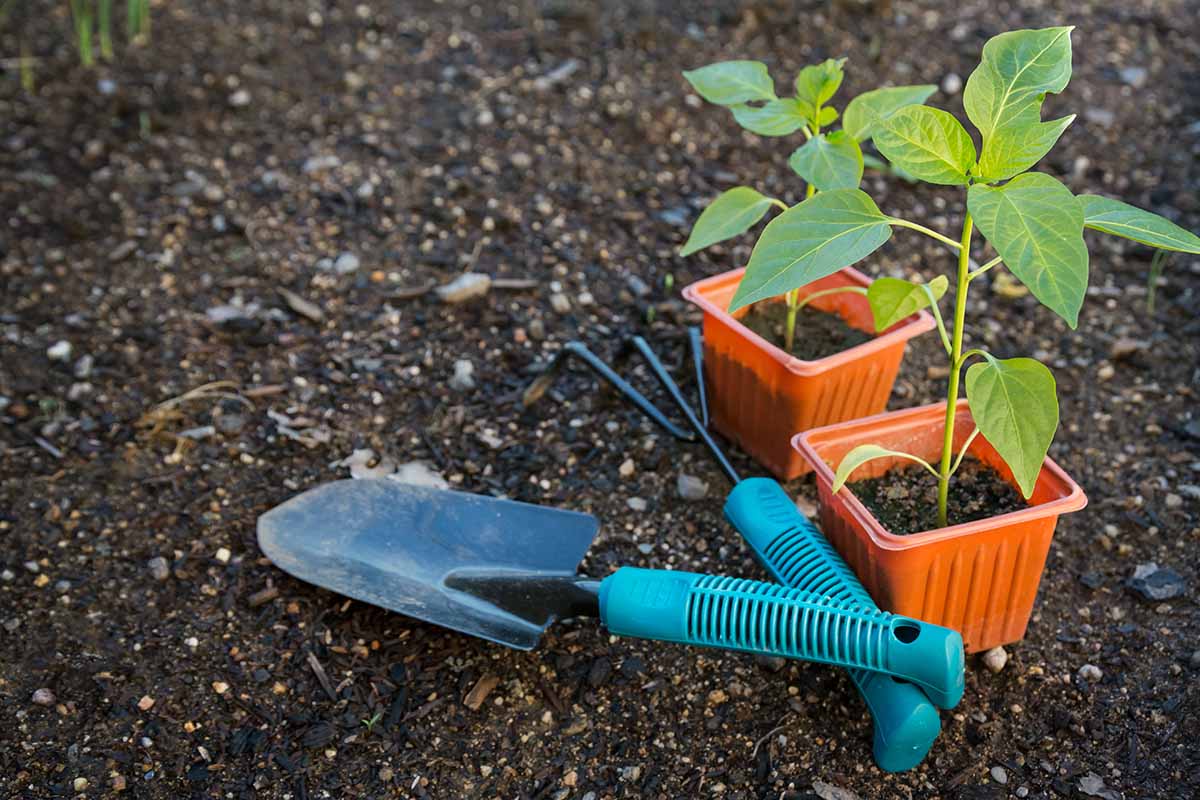
All garden crops need macronutrients, in the form of nitrogen, phosphorus, and potassium (NPK), as well as micronutrients like iron and boron. It’s the ratio of each that is important, and the availability of each in the soil.
For example, leafy plants such as lettuce, kale, and spinach need more nitrogen to produce abundant, healthy foliage, which is the part that we consume.
Fruiting crops such as tomatoes and peppers need calcium and phosphorus in larger amounts to support blooming and fruit set.
If you’re unsure of which nutrients common crops need most, or how to make sure they’re not only present in the soil but available for uptake, check out our general guide to plant nutrients and our guide to fertilizing your vegetable garden for complete details.
You’ll find some organic materials that you can make at home recommended in our fertilizing guide that can be used to add available nutrients to your plot. But you might be looking for a packaged option that simplifies the process.
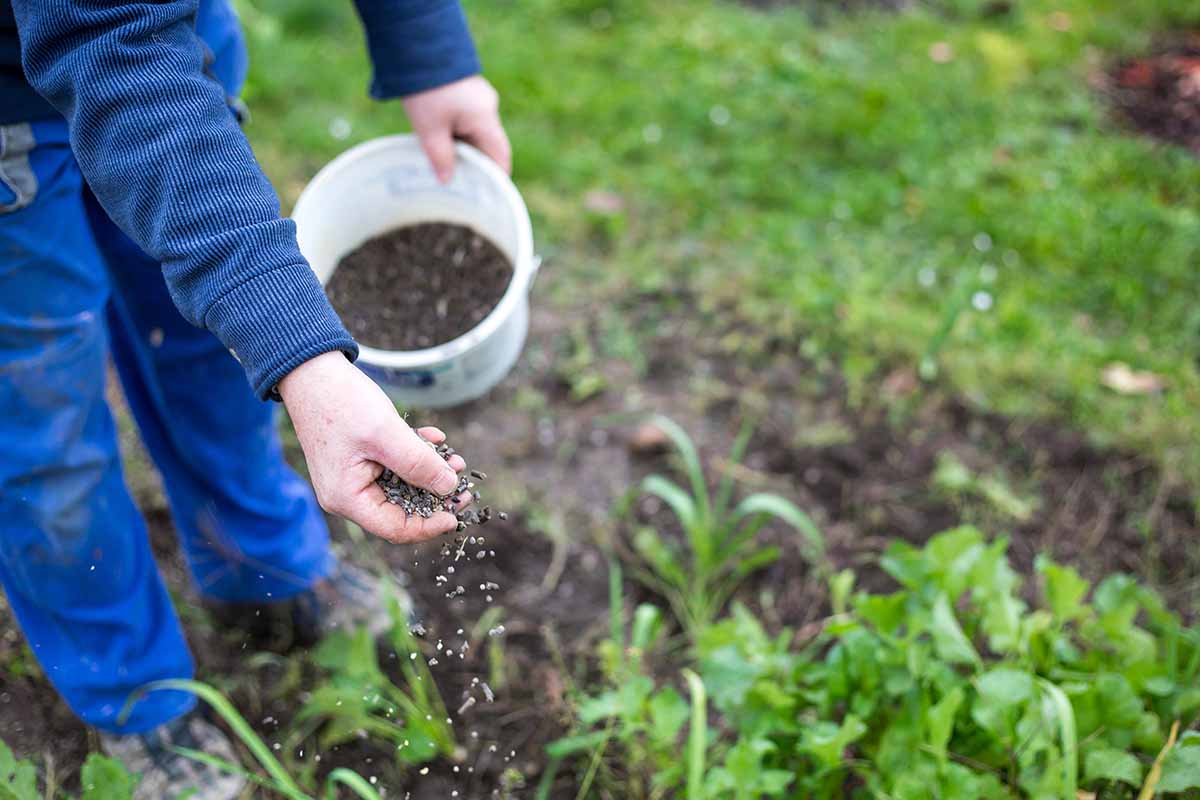
That’s where this roundup comes in. Packaged products can sometimes be more reliable in terms of providing definite ratios of nutrients, whereas compost and other homemade amendments are more difficult to gauge.
They can also be less messy to use, at least in some instances.
Once you’ve tested your soil and established a plan for planting your vegetable garden based on the results you’re hoping to achieve, the next step is adding fertilizer.
These products may require application ahead of time, prior to planting, to prepare the ground and make it a more fertile, hospitable environment.
Or they may be added as amendments throughout the season in response to deficiencies, or to avoid nutrient depletion in heavily planted ground.
Let’s jump right in and discuss which fertilizer options are the best for growing your specific crops.
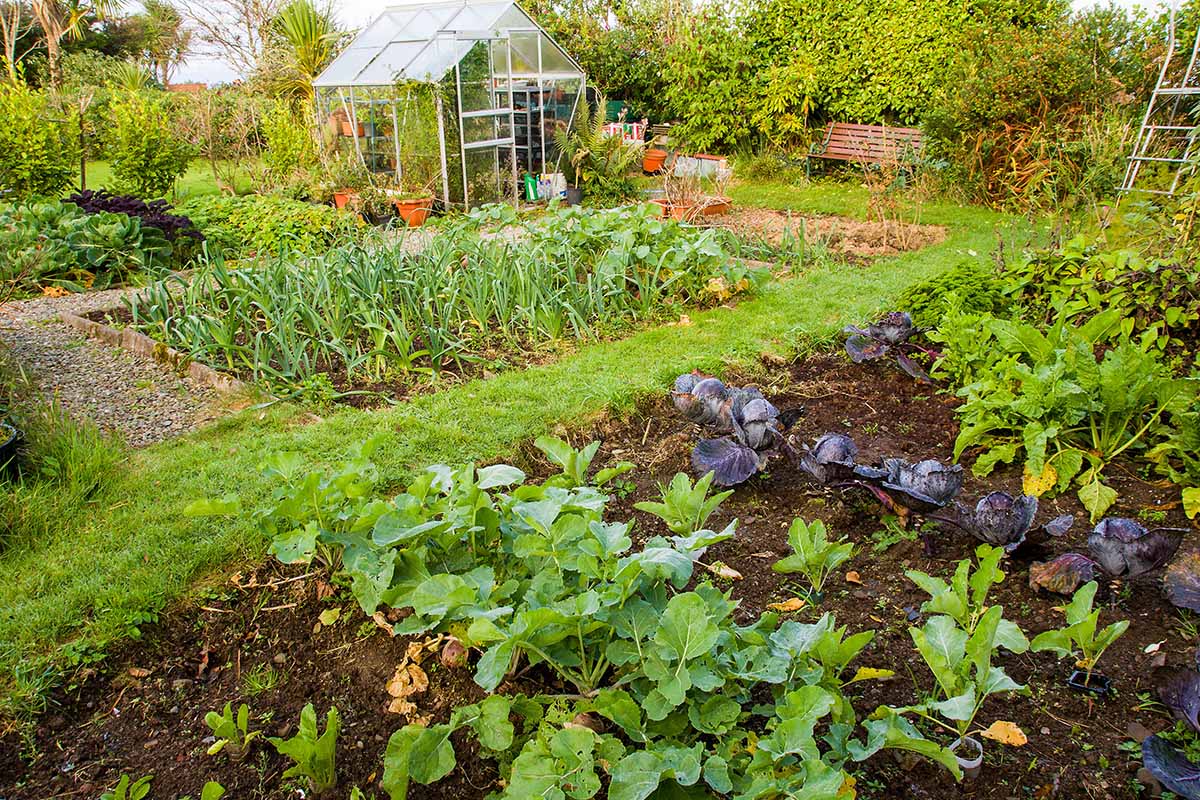
This list is by no means exhaustive, of course, but it’s an excellent starting point as you research the fertilizers that you will need to address the specific conditions in your space.
No matter what your needs are, organic options are the better choice, and I’m an advocate for using these whenever possible.
Derived from plants and other natural materials that are easier on your soil and the surrounding environment, these can be applied without added dangers, such as ecologically destabilizing chemical waste runoff that may contaminate groundwater and nearby waterways.
They also tend to be more environmentally sustainable in other ways, causing less negative impact on wildlife and pollinator populations. And they don’t usually build up in the soil.
Chemical fertilizers can also do the trick, but they come with added dangers such as potential environmental damage and buildup in the soil. They’re also more likely to cause burning when overapplied.
Still, some types are trusted over others by gardeners who prefer chemical options. We’ve included one of these below, in addition to our top picks for organic gardening.
Let’s take a look at the list!
1. Alaska Fish Emulsion
For leafy crops, such as collard greens, chard, lettuce, spinach, and endive, Alaska Fish Emulsion is an excellent product, with a 5-1-1 NPK ratio.
The large percentage of nitrogen is just what they need to produce large, thick leaves that resist pests and disease.
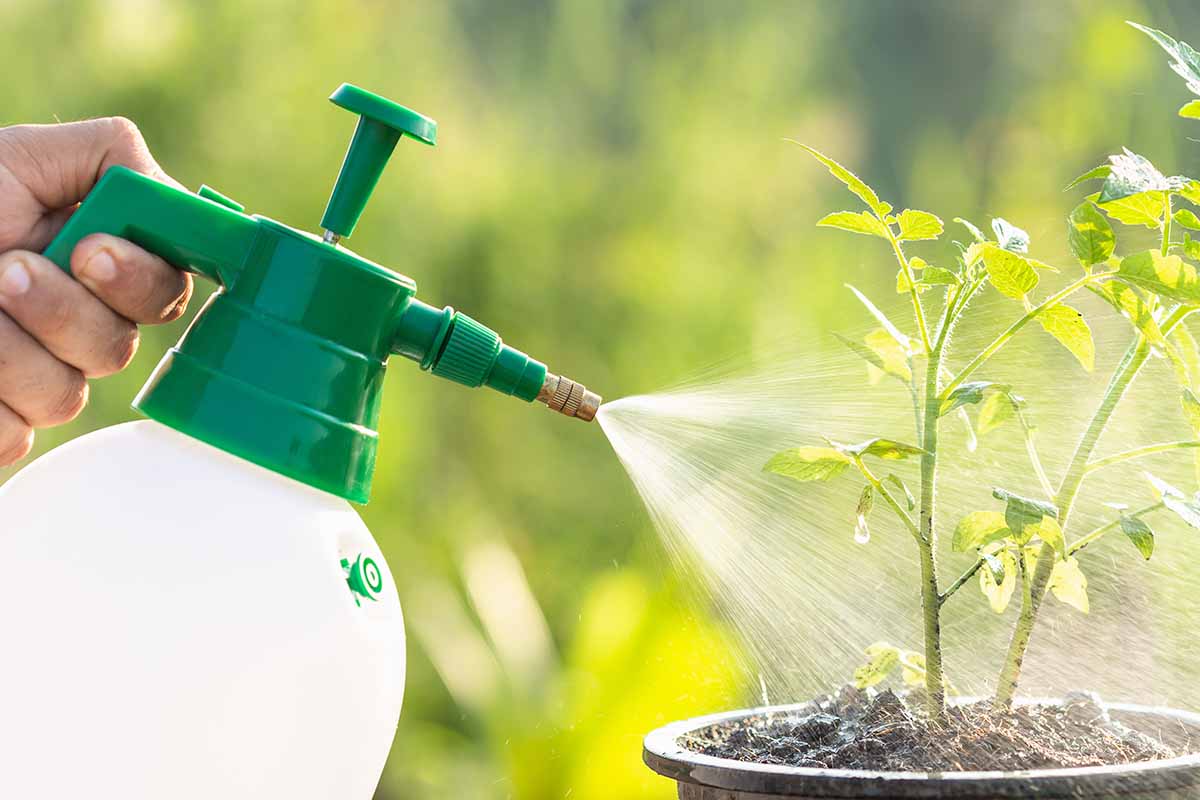
It can also be used on brassicas, cucurbits, and nightshades, but sparingly and only early-on in the growing process. Onions and other bulb-forming species will enjoy regular applications of fish emulsion, which will aid in producing large, healthy bulbs.
Plant roots can easily absorb fish emulsion, which is great for quick results, but also means that it’ll be depleted rather quickly.
This has its pros and cons, however, because that extra nitrogen won’t linger to cause foliage overgrowth in varieties that don’t need it like it might when using chemical fertilizers.
Since it comes in liquid form, it can be diluted with water and applied as a foliar spray to plants such as lettuce and spinach – their thin leaves will absorb available micronutrients through the leaf surfaces.
Find Alaska Fish Emulsion fertilizer in 32-, 128-, and 640-ounce bottles is available from Home Depot.
2. Arbico Organics Earthworm Castings
Even though they’re not as widely known as conventional fertilizers, worm castings are a wonderful source of dozens of micronutrients, trace minerals, and healthy microbes.
Their thick, soil-like texture can also improve the substrate in the garden and feed loam-loving varieties of vegetables.
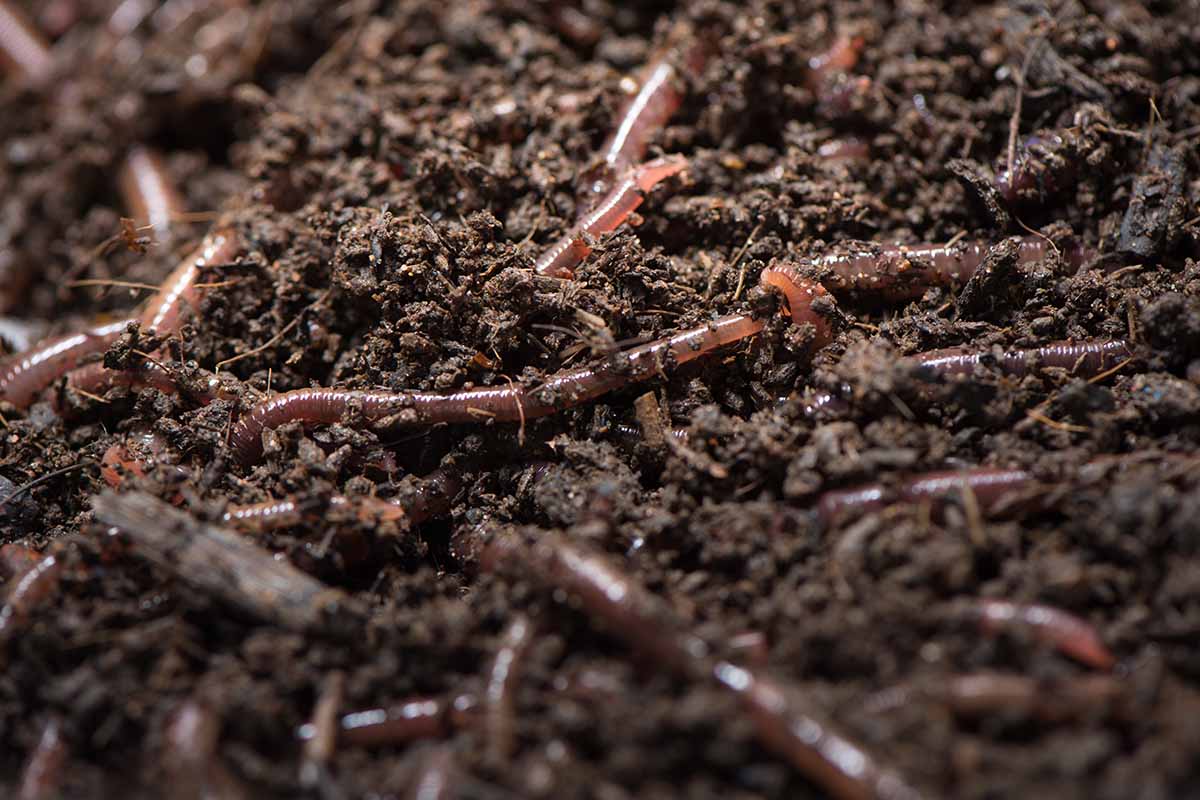
Waste is created by worms as they process organic material in the soil, which can then be collected in the form of castings.
This happens naturally below the soil surface anyway by the slithery inhabitants that live there, but adding more as a top-dressing or raking them in increases its richness. It’s also suitable for use in container gardens.
Castings contain an average of 60 different macro- and micronutrients, making them a well-rounded addition for growing almost any crop.
While the NPK ratio is difficult to decipher, the soil can always be tested to be sure that the nutrients your crops need most are available.
Arbico Organics Earthworm Castings
Other fertilizers can be used in conjunction with castings if deficiencies are found.
Buying a packaged product is a perfectly viable option if the price isn’t a hindrance, but home worm farming is also a great way to go – and it’s a super fun project for the kiddos, too.
Find bags of worm castings available for purchase in quantities of one-, five-, 10-, and 25-pounds at Arbico Organics.
3. Burpee Bone Meal
Because of its high nitrogen and phosphorus content (6-8-0 NPK), bone meal is great for alliums such as onions and garlic, which are long-season, heavy feeders.
It promotes well-established roots and bulbs and gives the scapes a boost to support photosynthesis.
It’s also a good choice for starting fruiting crops such as tomatoes, peppers, and cucurbits as it supports development in the early stages of life.
Note, however, that high-nitrogen fertilizers can lead to foliage overgrowth, so it should be swapped out for a lower nitrogen product later in the life cycle for fruiting plants.
Bone meal is made of pulverized bone, usually from byproducts of the meat industry. It’s a good way to put that waste to use while providing many macro- and micronutrients to plants, such as calcium, magnesium, and iron.
A three-pound bag can be purchased from Burpee.
Broadcast it over the root zone or rows for alliums early in the season and again at midseason, or mix it with your seed-starting medium for other varieties, according to package instructions.
You can learn more about how to use bone meal in our guide.
4. Dr. Earth Bulb Food
There is a large selection of Dr. Earth products available, including all-purpose vegetable fertilizers and crop-specific types, in both liquids and granules.
No doubt that they’ve probably come up in search results for you before – this is a very popular, trusted brand.
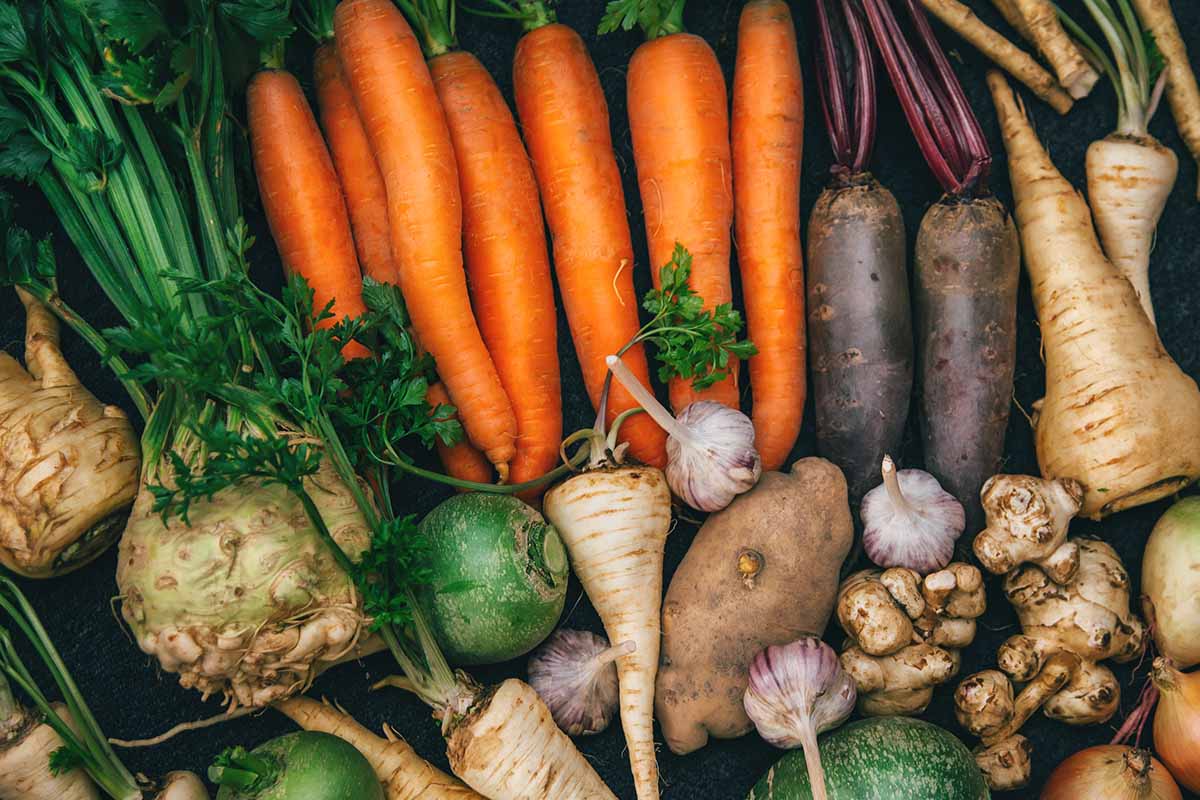
Whereas most of their fertilizer products can be used on a wide array of crops, Dr. Earth Bulb Food is a granular conditioner formulated especially for tuber and root crops (and flowering bulbs), with a 3-15-2 NPK ratio.
Notice that the phosphorus is available in the largest amount here; this is because it’s the most essential nutrient for healthy root development.
Obviously, this is perfect for vegetables that produce edible roots such as potatoes, carrots, beets, and radishes, as well as flowering bulbs like tulips and daffodils.

This blend is comprised of components such as feather and fish bone meal, rock phosphate, and alfalfa meal, which not only adds a variety of important nutrients to the soil, but can also improve soil structure as well.
Apply it prior to planting and again at midseason for best results.
Find a four-pound package of Dr. Earth Bulb Food available from Amazon.
5. Down To Earth Acid Mix
Some garden-variety plants prefer a slightly acidic substrate. Cucumbers, radishes, garlic, and carrots are just a few of these, and blueberries and raspberries (although these are admittedly fruits, not vegetables) are on that list as well.
Acid-lovers are better served with a fertilizer specifically formulated to increase acidity a bit. If these conditions aren’t met, nutrient absorption is hindered, and the plant will suffer.
Down to Earth (or DTE) Acid Mix is best suited for these species. It contains cottonseed meal, which is produced as a byproduct by the cotton industry, and has an NPK ratio of 4-3-6.
Applications in the spring and fall will support healthy growth, budding, and blooming, as well as root development for cold tolerance.
It can be broadcast over the soil surface, mixed into the soil medium, or diluted and sprayed according to package instructions.
Arbico Organics carries one-, five- and 15-pound packages available for purchase.
6. Ecoscraps Leafy Greens Plant Food
Ecoscraps Leafy Greens Plant Food is a blend that contains organic materials recycled from food industry waste. It’s the next best thing to your own compost, with the advantage of a guaranteed ratio of 5-4-5 NPK.
It’s formulated for herbs and leafy greens, so this granular type works best for lettuce, kale, spinach, and other crops that need a foliar boost.
Because it’s relatively well-balanced, however, it can also be useful for other crops that enjoy a bit of extra nitrogen, such as onions, corn, and brassicas like broccoli and cabbage.
Ecoscraps Leafy Greens Plant Food
You can purchase a four-pound package from Home Depot.
It’s recommended to broadcast three cups of granules per 50 square feet of ground and rake it in well. Schedule feedings according to package instructions.
7. Espoma Garden-Tone
Many gardeners have heard of, or tried, Espoma products. It’s another trusted brand that offers a wide range of fertilizers and conditioners.
Espoma Garden-Tone is one of the most commonly used products from their line. This organic, slow-release formula works well for many crops with its 3-4-4 NPK ratio. It’s also enriched with beneficial microbes to improve soil health.
Cucurbits, asparagus, herbs, tomatoes, and kale, among others, will all benefit from application. Espoma Garden-Tone granules can be applied prior to planting at three pounds per 50 square feet to condition the site.
It can also be broadcast between rows of seedlings one to two weeks after planting, or sprinkled in rings around the root zone throughout the season. Be sure to water it in well.
Find eight- and 27-pound packages available from Home Depot.
8. Foxfarm Grow Big, Big Bloom, and Tiger Bloom
While these are actually three separate products, they work in conjunction and are best used together. They can also be used separately, if you’d prefer.

They’re designed to support healthy growth, budding, and blooming throughout the entire life cycle, so even though each has a different ratio of elements, the overall effect of the nutrients contained in the three types works well during various phases of growth.
All three products are available as bottled liquid concentrates, which means they’ll need to be diluted with water for use.
You can find the Nutrient Trio Soil Formula, a multipack of Grow Big, Big Bloom, and Tiger Bloom available from Gardener’s Supply Co.
They should all be applied according to package instructions, and it’s important to take note of when each should be applied – during initial growth stages, during budding, and during blooming.
Grow Big
Grow Big has a 6-4-4 NPK ratio, meaning it contains a slightly higher level of nitrogen. This concentrate is designed to support healthy foliage growth and thick, sturdy stems after germination. It should be added to Big Bloom during early phases of growth.
Norwegian kelp and earthworm castings also offer a wide range of macro- and micronutrients essential to healthy development.
This formula is suited for blooming, fruiting varieties of vegetables such as tomatoes, peppers, cucumbers, squash, and others that need a strong structure to support the weight of their fruits later in their life cycle.
Foxfarm Grow Big is available in quart-sized bottles from Terrain.
Big Bloom
Big Bloom also works as a standalone product, but when used in conjunction with Grow Big and Tiger Bloom, it is designed to establish a foundation that supports blooming and healthy foliage.
Use Big Bloom throughout the plant’s life cycle to ensure that a low level of nutrients is consistently available, with a ratio of 1-3-7 NPK.
Ingredients such as bat and bird guano, earthworm castings, Norwegian kelp, rock phosphate, and amino acids ensure that nutrients are available, free for absorption, and well balanced.
This product also improves oil production, so it’s great for growing herbs with a rich flavor.
Because of low NPK concentration, it can be used on any crop. In conjunction with its counterparts, it works best for fruiting plants and herbs.
You can find Foxfarm Big Bloom available in pint- and quart-sized bottles from Terrain.
Tiger Bloom
Tiger Bloom is the third step which should be applied during blooming and fruit setting. This concentrate contains 2-8-4 NPK, meaning that it has a higher phosphorus content.
Phosphorus is extremely important for flowering and fruit production, so adding this liquid at the onset of budding will help to support development for better retention, leading to an improved maturity rate.
Tomatoes, peppers, and other fruiting species will enjoy the boost.
As I mentioned, this product replaces Grow Big in the last phase of growth.
It’s important to note, however, that excessive phosphorus can lead to stunting, so always be sure to follow printed instructions and avoid overapplication.
Grab a pint- or quart-sized bottle of Tiger Bloom from Terrain.
9. Sea-K for Plants Seaweed and Kelp Extract
Seaweed extract, such as Sea-K, adds more than 70 enzymes, vitamins, and minerals. Its blend of 0-0-18 NPK supports stressed plants and encourages healthy, productive blooming.

Potatoes, corn, okra, and strawberries (I had to squeeze another fruit in here!) particularly relish applications of this powder, which is best applied as a diluted foliar spray.
It can also be used as a liquid soil conditioner, which helps to support roots and improve water retention.
Other species that will benefit from kelp include blooming plants, such as tomatoes, squash, peas, and cucumbers. Budding and flowering uses a lot of energy, and the high levels of potassium in this product will replenish it.

Sea-K Seaweed and Kelp Extract
At the onset of budding, apply it according to package instructions to increase available nutrients that will be used in the process.
Seven-ounce, two-pound, or 13-pound packages of Sea-K are available for purchase via Amazon.
10. Pure Ground Eggshells
Pulverized eggshells are an excellent source of calcium, and they supply smaller amounts of phosphorus and magnesium as well.
It’s important to note that these should be pulverized prior to application if you’re saving your own, as big pieces don’t provide the same benefits as immediately.
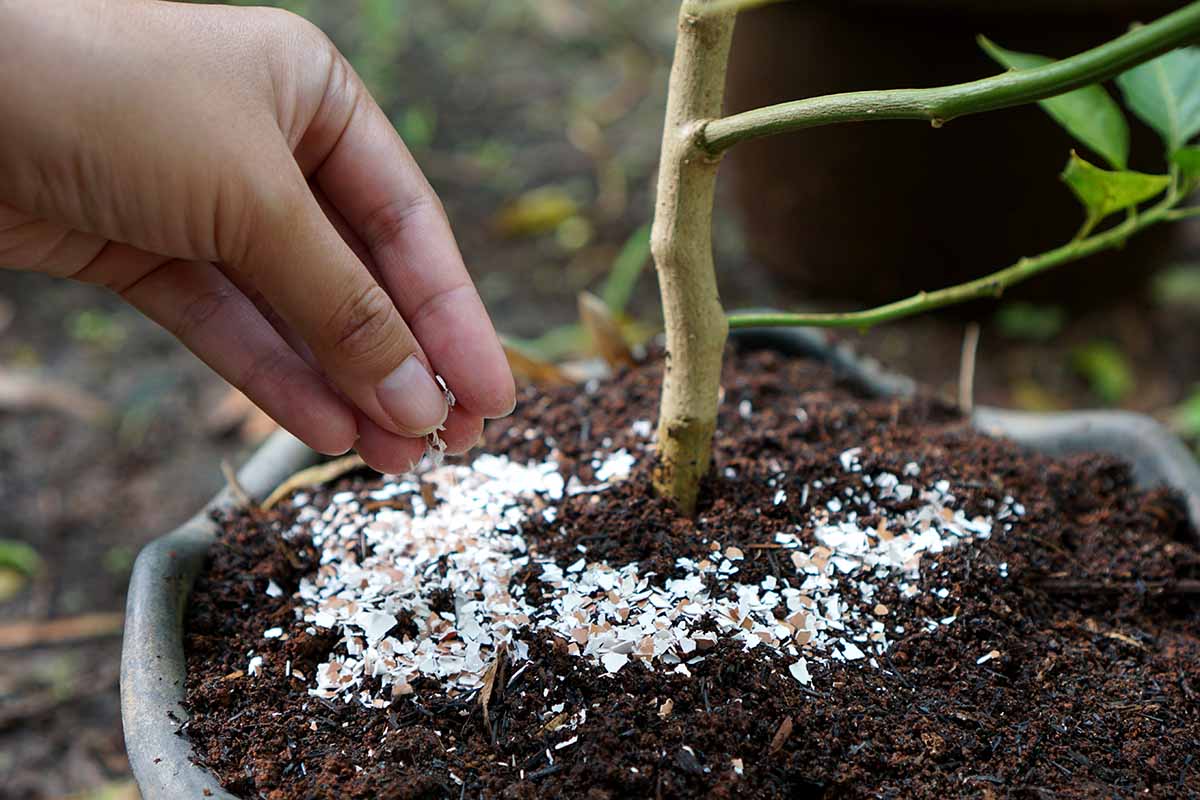
All of your nightshades – tomatoes, peppers, and eggplants – will thank you for these. Especially tomatoes, which need a greater amount of calcium to combat blossom-end rot.
Broccoli and Swiss chard also enjoy the extra calcium, as do cucurbits and legumes.
Learn why eggshells make an excellent amendment and the best ways to use them in our complete guide.
Packages of pulverized eggshells from TruBlu can be purchased from Amazon in one-pound bags.
Crushed shells can be added to potting mix at planting time, broadcast over the root zone, or added to compost at any time.
11. Vigoro Tomato and Vegetable
If you must use a chemical product, one such as Vigoro Tomato and Vegetable is suitable.
Just as it sounds, it’s formulated for use on a variety of crops, although its 12-10-5 NPK ratio works best for species that need strong nitrogen support, such as leafy plants.
This slow-release plant food includes additional calcium to help prevent blossom end-rot, and it can be applied throughout the season as needed, according to package instructions.
It’s also suitable for use on fruiting crops like tomatoes, so it can be broadcast over the whole garden bed for universal coverage.
Find three-and-a-half-pound packages at Home Depot.
A Fertile Garden May Be Just a Sprinkle Away
Hopefully, you found some useful tips and some direction among the items that were mentioned. If you still have questions, please leave them in the comments below – we’re always here to help!
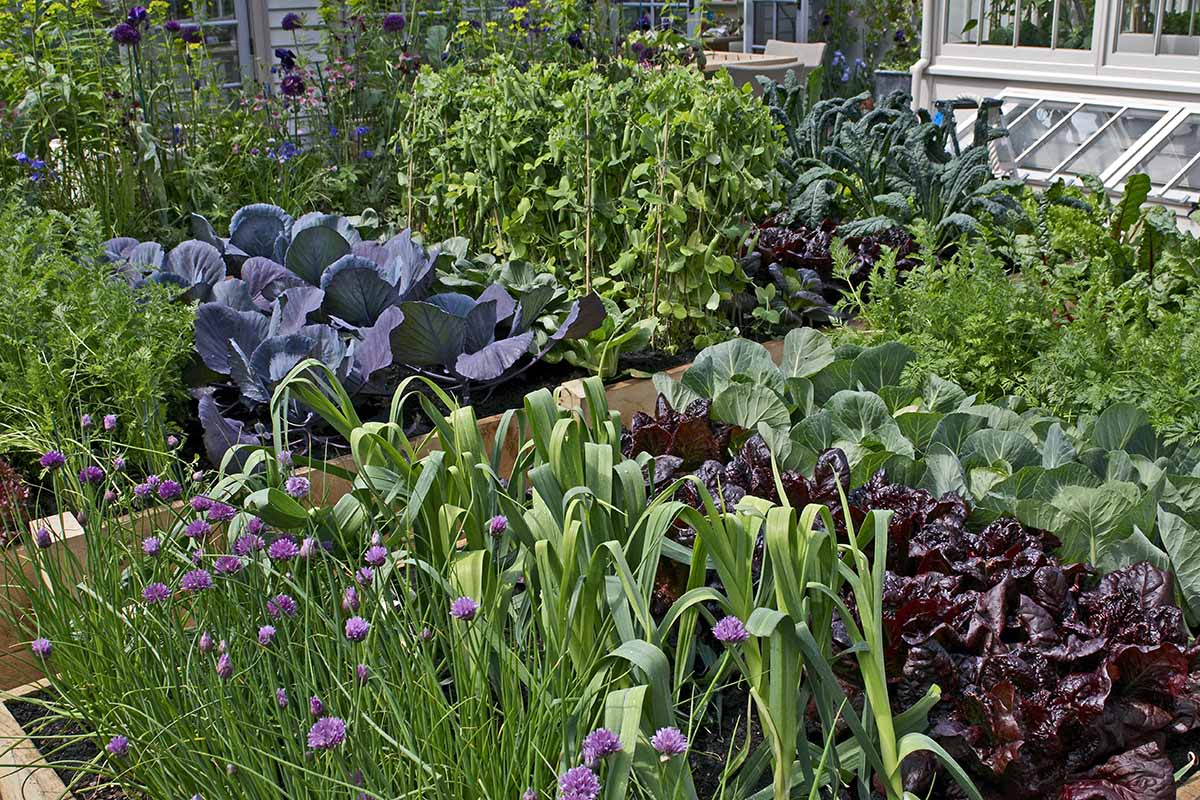
Fertilizing the garden doesn’t need to be a confusing step. Trial and error works for some, but starting with a strong foundation reduces the amount of loss and extra effort that is expended in correcting mistakes.
What are you growing this year? Tell us about it and show us some pictures! We’d also love to see some before and after shots once you start feeding your plants!
And for more information about vegetable garden care, check out these titles next:
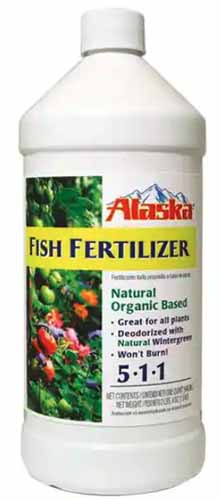

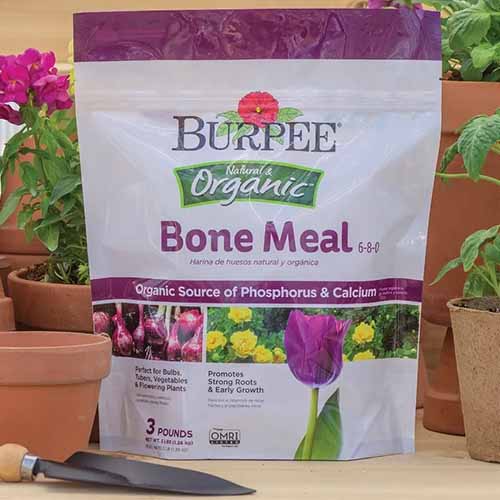

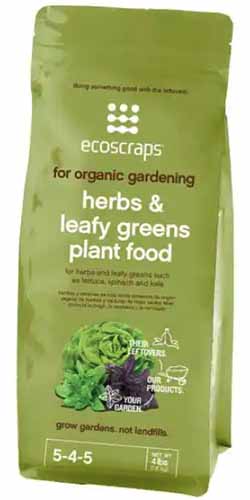
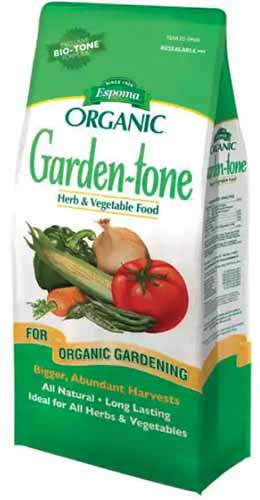
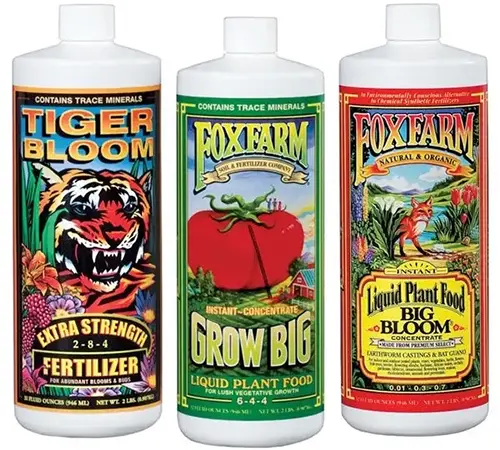
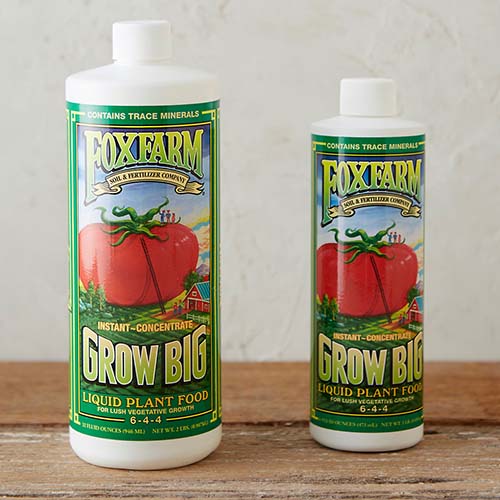
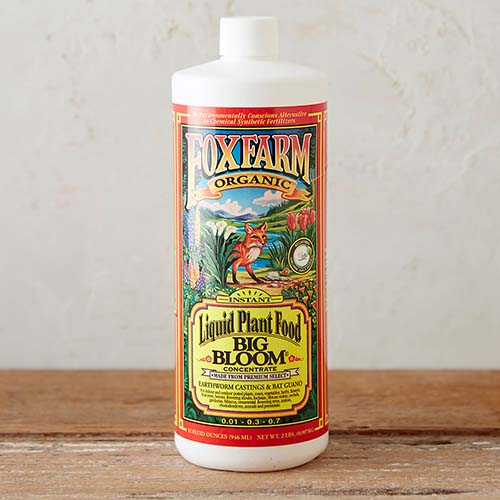
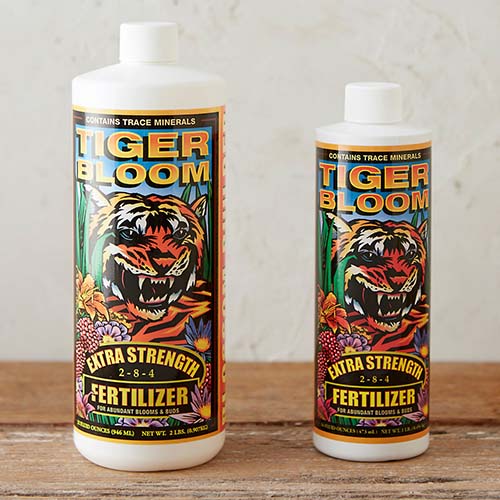

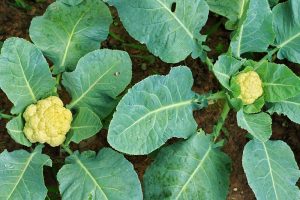

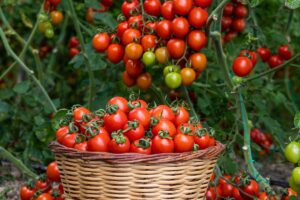
I love what I see an wantto know more about planting veggies and fruits
Thank you for your comment! Please let us know if you have any questions or suggestions for future topics.
Thank you for the tips! I’m going to try it for my plants. I think it will be the best option for them. Fertilizer is made from natural materials and it is safe for the environment. It will also help my plants to grow healthy and strong.
Valuable info. Would like to learn more.
I make my own fertilizers at home using kitchen waste. Waste only from vegetables and fruits. All this still has a lot of nutritional value. Make sure to use them thoroughly before throwing them away. It really works too. Plants are also beautiful and healthy.
Growing pole beans and potatoes together
Summer squash and zucchini together
Tomatoes, cucumbers, peppers together
Onions sprinkled throughout
Would like a suggested fertilizer or two that covers this variety for above ground beds.
Thx.
Hi Joseph, thanks for your question!
It sounds like you’ve got quite a wonderful veggie variety growing in your garden, so it’s best to stick with an all-purpose fertilizer product that won’t add too much of certain nutrients, such as nitrogen.
A great, all-purpose fertilizer for your vegetable garden is Espoma Garden Tone, which you can pick up here from Home Depot. This product is formulated for a range of plants and releases nutrients slowly over the season.
Happy gardening!
As I have cultivated a 3 acre sugarcane crop on 7 sept2022 and it take total 480 days for harvesting, as on 16 Feb 2023 it has completed 158 days ,hence forth what is fertilizer it should be needed for a increase a yield and each sugarcane should became at least 5kgs for this suggests a fertilizer thanks
Sugarcane is a heavy feeder, particularly of nitrogen. Did you conduct a soil test prior to planting time? What have you fertilized with thus far? I don’t know whether you’re using organic or synthetic fertilizers and it would be difficult to calculate the specifics to try to guarantee 5-kg yields without more information. Location also matters- in the sandy and mineral-rich soils of south Florida, for example, supplementing with additional nitrogen fertilizer is not recommended since it is naturally available in adequate amounts.
Hello can I use horse dropping?
Horse manure can be used to fertilize the vegetable garden, with some caveats. It should be aged/composted for at least three to four months before applying to the garden to avoid burning plants. If it contains bedding, it will break down more slowly. And it is very high in nitrogen, so it is more suitable for feeding things like leafy greens than fruiting plants – your tomatoes, peppers, eggplant, squash, beans, etc. won’t need or appreciate the big boost of nitrogen. You’ll still need to use other fertilizers to provide the necessary phosphorus, potassium, and various micronutrients. And it should… Read more »